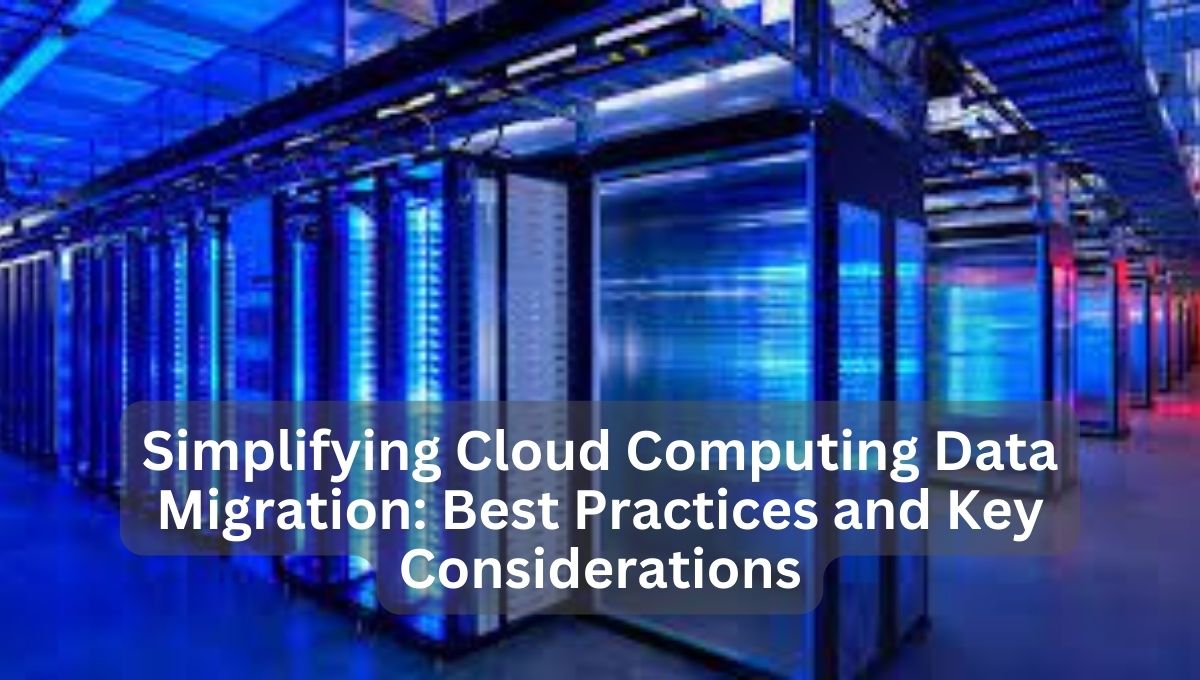
Simplifying Cloud Computing Data Migration: Best Practices and Key Considerations – Discover the essentials of data migration in cloud computing, including challenges, strategies, and project success factors.
Cloud Computing Data Migration
Let’s get started with details, continue to learn more…
What is data migration in cloud computing?
Page Contents
Data movement is a key process in cloud computing that includes moving data from one computing setting or storage system to another. It enables organizations to seamlessly migrate workloads to the cloud. Cloud-based data migration encompasses a range of scenarios, including storage migration and transferring data between cloud providers.
Data migration projects have unique goals and considerations, such as reducing costs, improving scalability, enhancing customer experiences, centralizing data management, accelerating application performance, and merging acquired data. Successful data migration requires careful planning, execution, and post-migration testing and auditing.
What are the key challenges in data migration?
Data migration poses various challenges that organizations must address to ensure a smooth transition. Factors like costs, timing, data integrity, and compatibility between different systems need to be carefully evaluated. Additionally, organizations must consider the complexities of different migration approaches, such as the “big bang” migration that moves the entire dataset at once or incremental migration.
What are the best practices for successful data migration?
To achieve a successful data migration, organizations should follow industry best practices. These practices include:
- Thorough planning and discovery: Pre-migration planning is crucial to understand the existing infrastructure, data dependencies, and potential risks.
- Data integrity and validation: Organizations should ensure data integrity and accuracy throughout the migration process, employing validation techniques and data cleansing if necessary.
- Scalable infrastructure and performance optimization: Data migration provides an opportunity to upgrade infrastructure and enhance application performance. Organizations should consider these factors and optimize their systems for scalability.
- Robust testing and auditing: Post-migration testing and auditing play a crucial role in validating the success of the migration. It helps identify any issues and ensures a smooth transition.
Interesting fact:
Did you know that according to a study conducted by Gartner, organizations that fail to properly plan and execute data migration projects face higher risks of business disruption and increased costs? Effective planning and adherence to best practices can significantly mitigate these risks and pave the way for a successful migration.
R Amin founded Try Latest Info, a website that provides readers with the latest information on business news, trends, and developments. He shares his insights and expertise through his social media handles and website. To learn more about R Amin or to connect with him on social media, please visit his website at https://trylatestinfo.com/.
